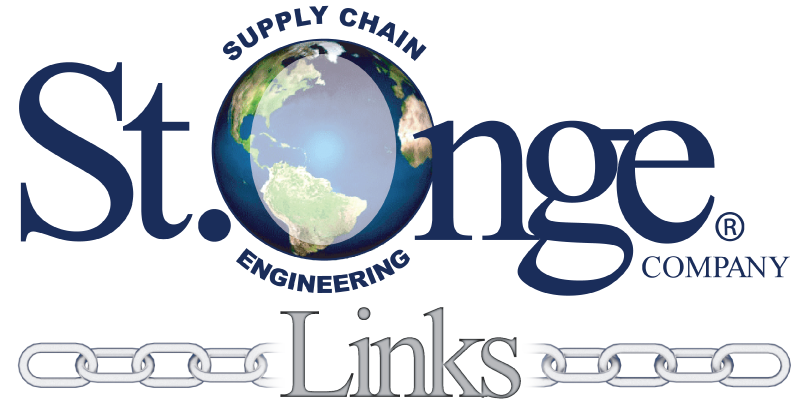 Strengthening your supply chain one link at a time.
Strengthening your supply chain one link at a time.
Many companies, particularly small to mid-sized businesses, may not have the expertise or resources to conduct a strategic supply chain network study. While some organizations have dedicated supply chain teams well-versed in network optimization, others struggle to recognize when such a study is necessary or how to initiate one.
A well-executed strategic supply chain study can uncover hidden efficiencies, reduce costs, improve service levels, and enhance long-term supply chain flexibility. Below, I outline what a strategic supply chain study entails, why it is valuable, and the key symptoms that indicate a company could benefit from such an analysis.
So how does a company realize a supply chain study is necessary?
What is a Strategic Supply Chain Study?
First, a strategic supply chain study is an in-depth evaluation of an organization’s end-to-end supply chain network. The study goal is to optimize key components, such as facility locations, inventory distribution, transportation strategies, and contingency planning.
Scope of a Supply Chain Study
When designing a supply chain network, companies typically focus on one of two primary approaches, each requiring a tailored strategy:
The key is that while every supply chain network is different, any network can be evaluated with the appropriate scoping and focus.
Key Aspects of a Supply Chain Study
A strategic study typically consists of a one-year or multi-year time horizon. This allows for companies to plan for long-term improvements. It incorporates:
The goal is to generate insights that compare the existing supply chain state to optimized alternatives. These insights drive more informed decisions, improve operational efficiency, and mitigate future risks.
Recognizing the Signs of an Inefficient Network
Companies may not always recognize inefficiencies in their supply chains, but certain operational symptoms indicate that a strategic study could provide substantial benefits. If an organization has one of these symptoms it very well could suggest a Supply Chain Study is in order. Below is a sampling of some common inefficiencies.
The Business Case for a Strategic Supply Chain Study
If your company has identified signs of an inefficient supply chain network, you may be wondering how a strategic study can help. A well-structured supply chain study delivers tangible benefits.
No supply chain is perfect, and no supply chain can be optimized to a perfect optimal state. However, there are great benefits of looking at your supply chain network from a strategic perspective. There are always insights and takeaways. And there could very well be a solution that has never been discussed in the organization, or there could be a solution that validates network change discussions within the organization.
Whether your future sales are increasing, or you have grown out of your main warehouse, or your transportation service to customers is an issue, or your international transportation has port risks there are an incredible amount of takeaway knowledge that solution scenarios can provide in a network study. And the beauty of this exercise is that multiple scenarios can be generated to test theories, costs and service.
Taking the Next Step: Partnering with Experts
Recognizing inefficiencies is just the first step. Implementing strategic improvements requires data-driven analysis, industry expertise, and advanced modeling techniques.
Why Work with a Supply Chain Consulting Firm?
At St. Onge, we specialize in helping businesses navigate complex supply chain challenges. Our team has the experience and resources to assess current operations, analyze available data, and provide strategic recommendations that drive short-term cost savings and long-term operational improvements.
If your company is experiencing operational inefficiencies, excessive logistics costs, or supply chain disruptions, now is the time to explore a strategic network study. The insights gained can transform your supply chain, improve resilience, and position your business for sustained success.
—Tom Schaefges, St. Onge Company